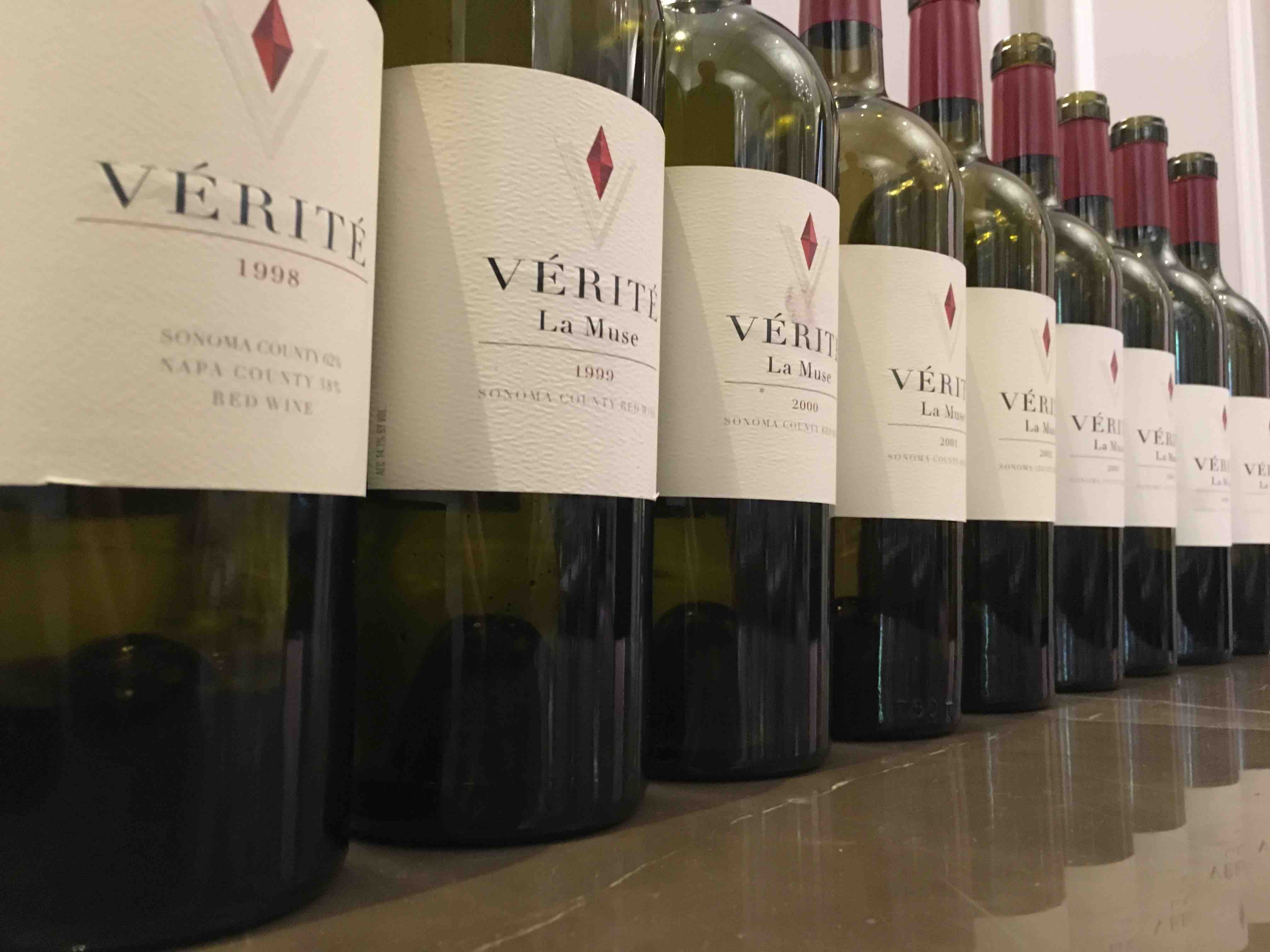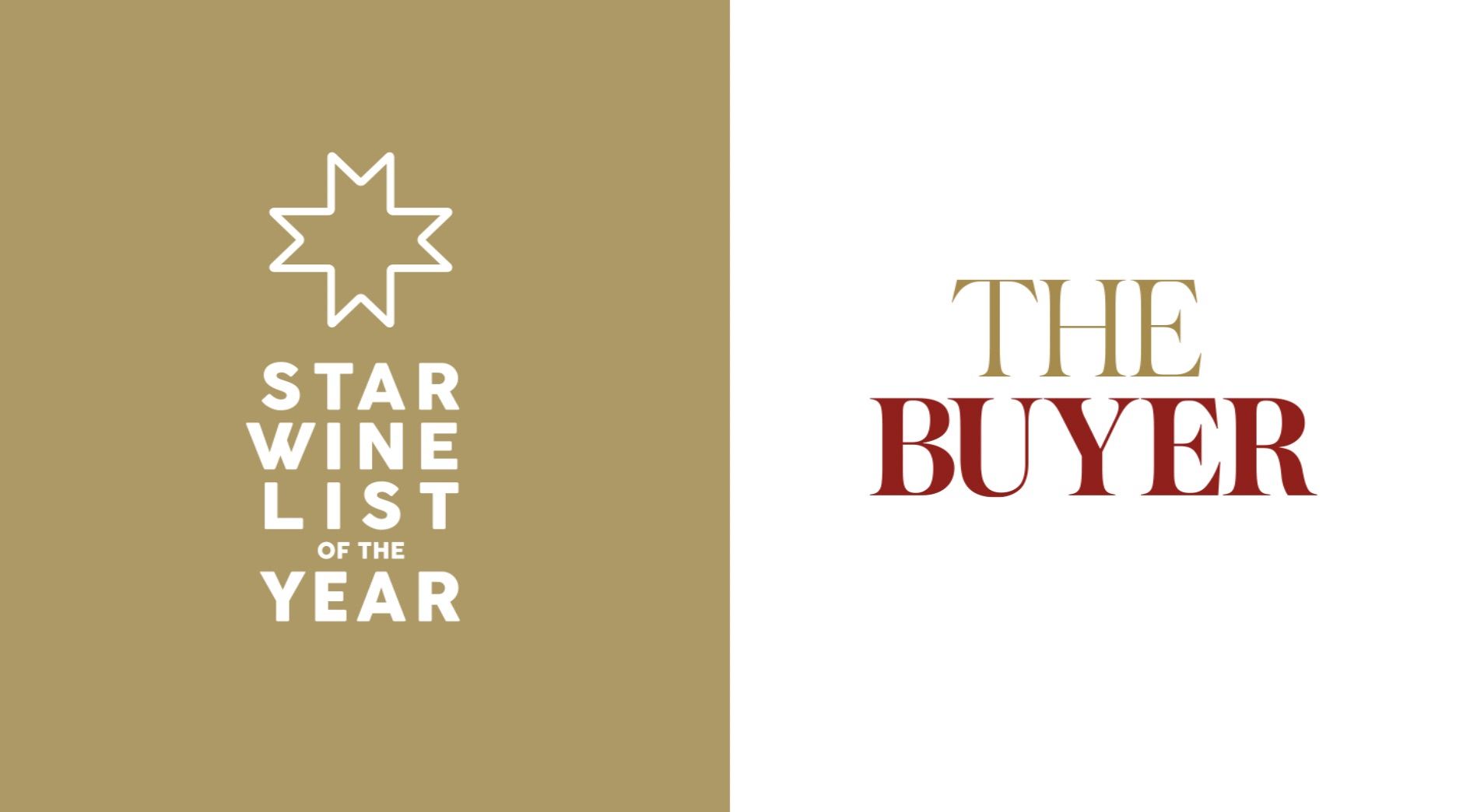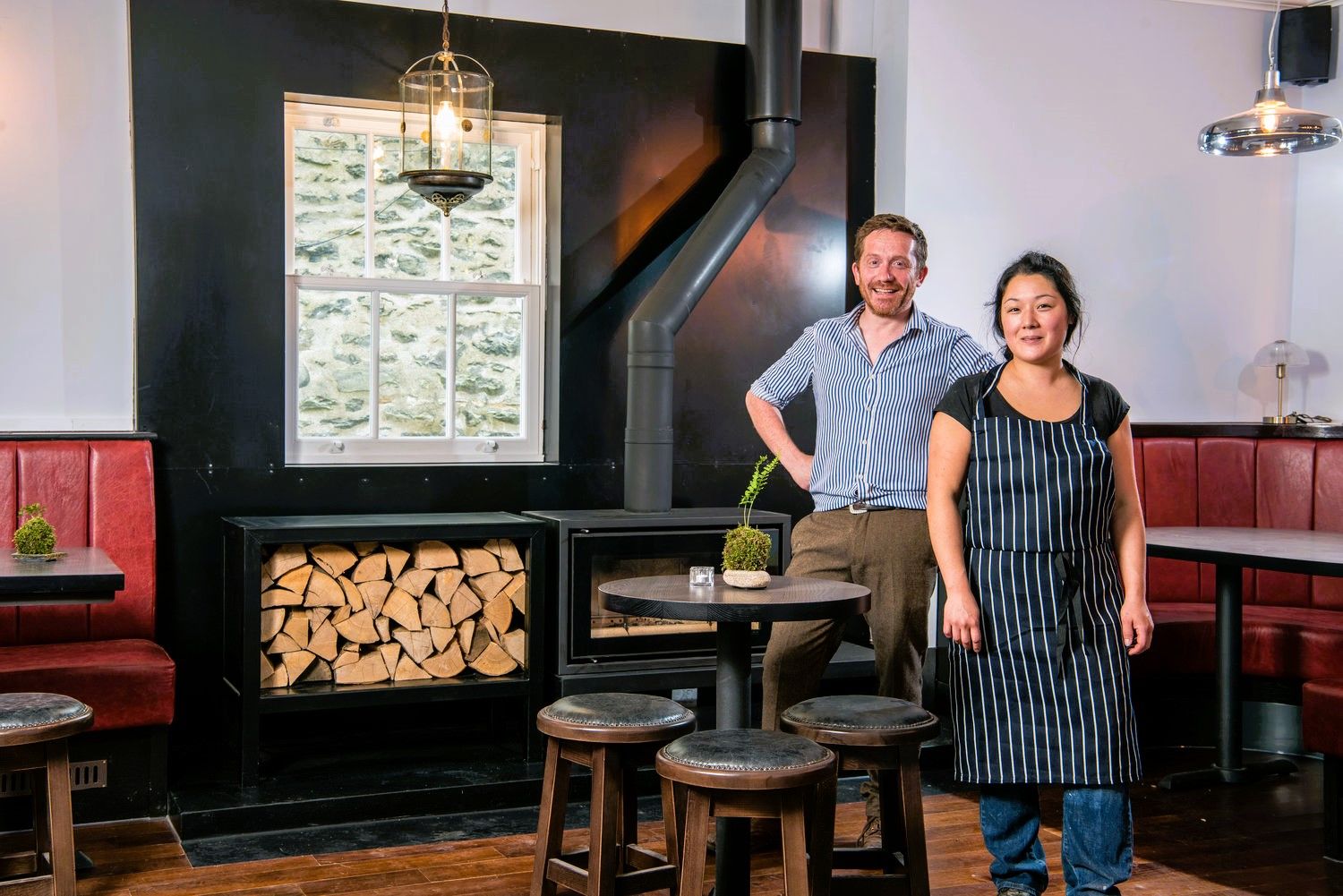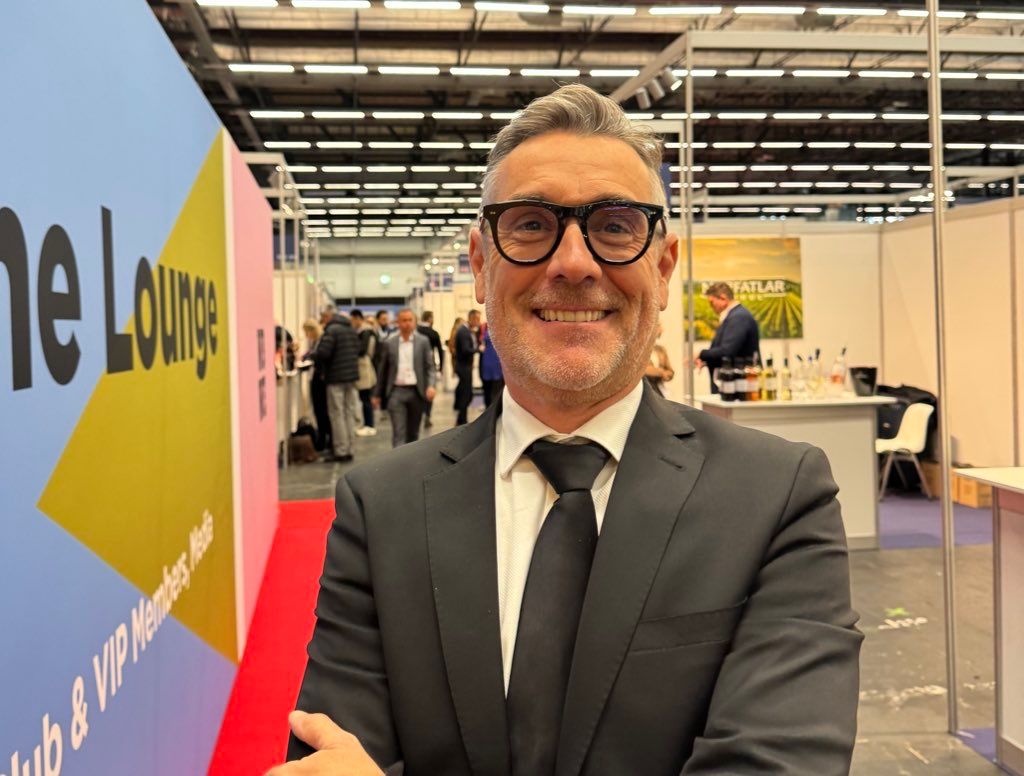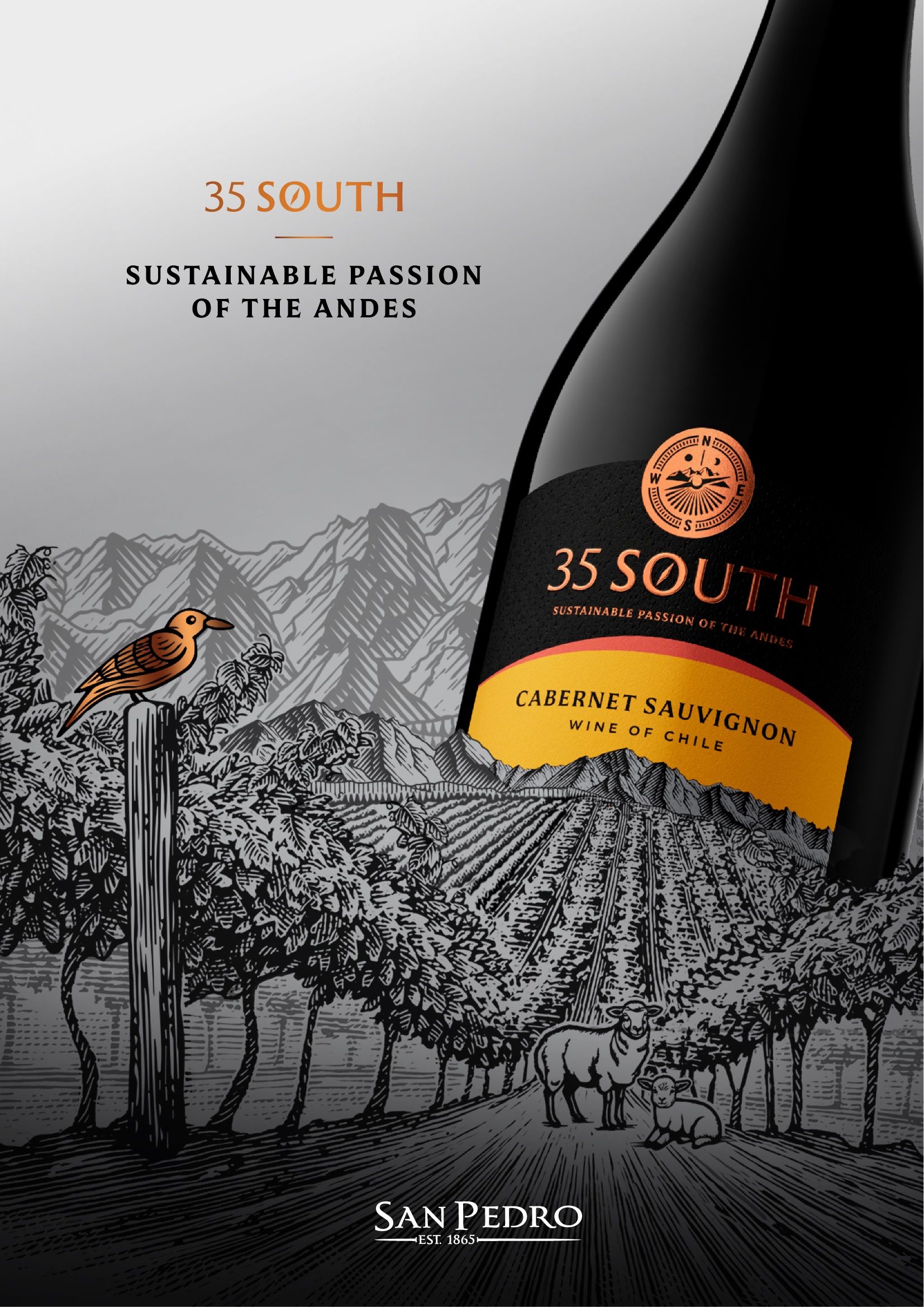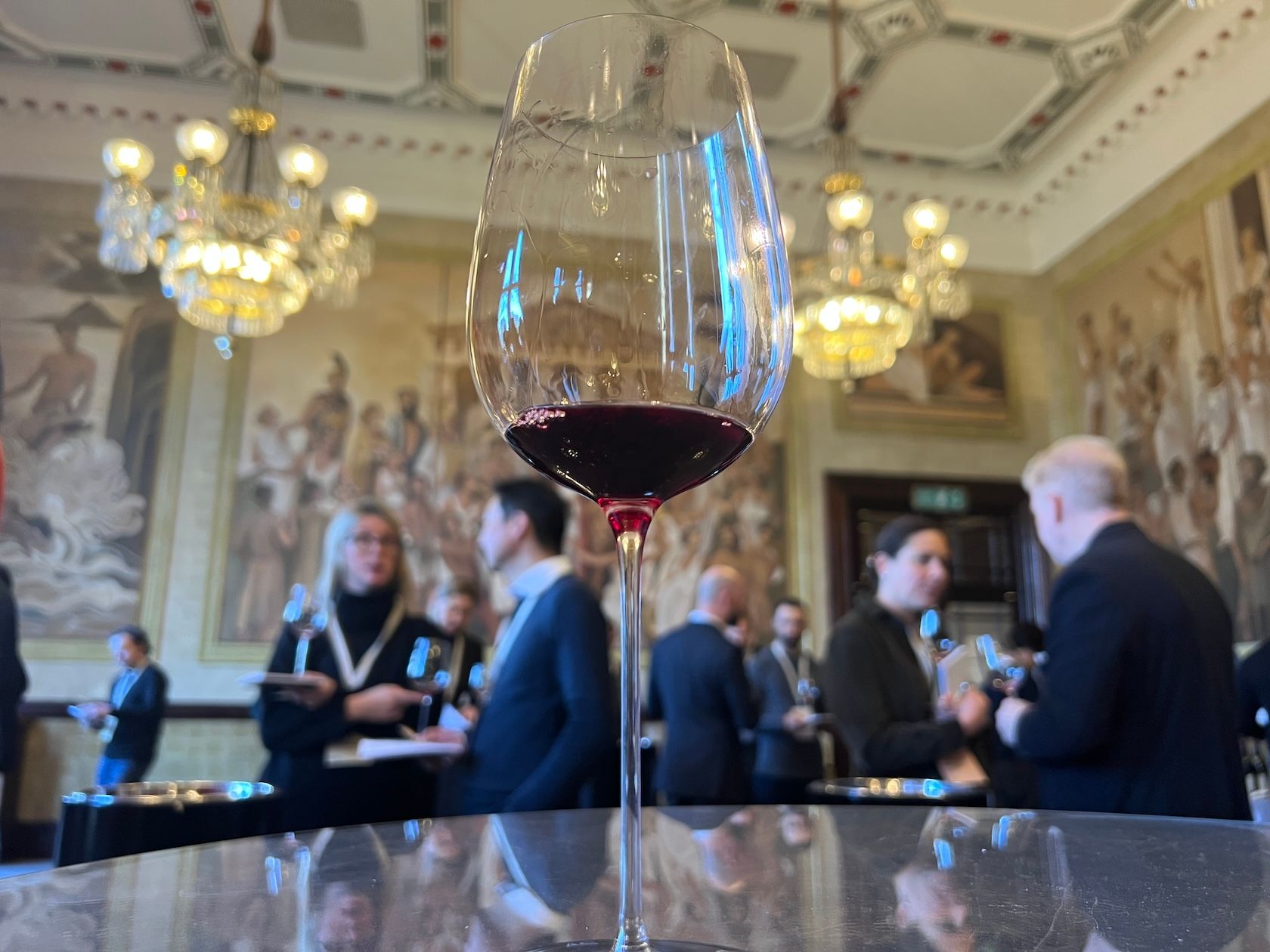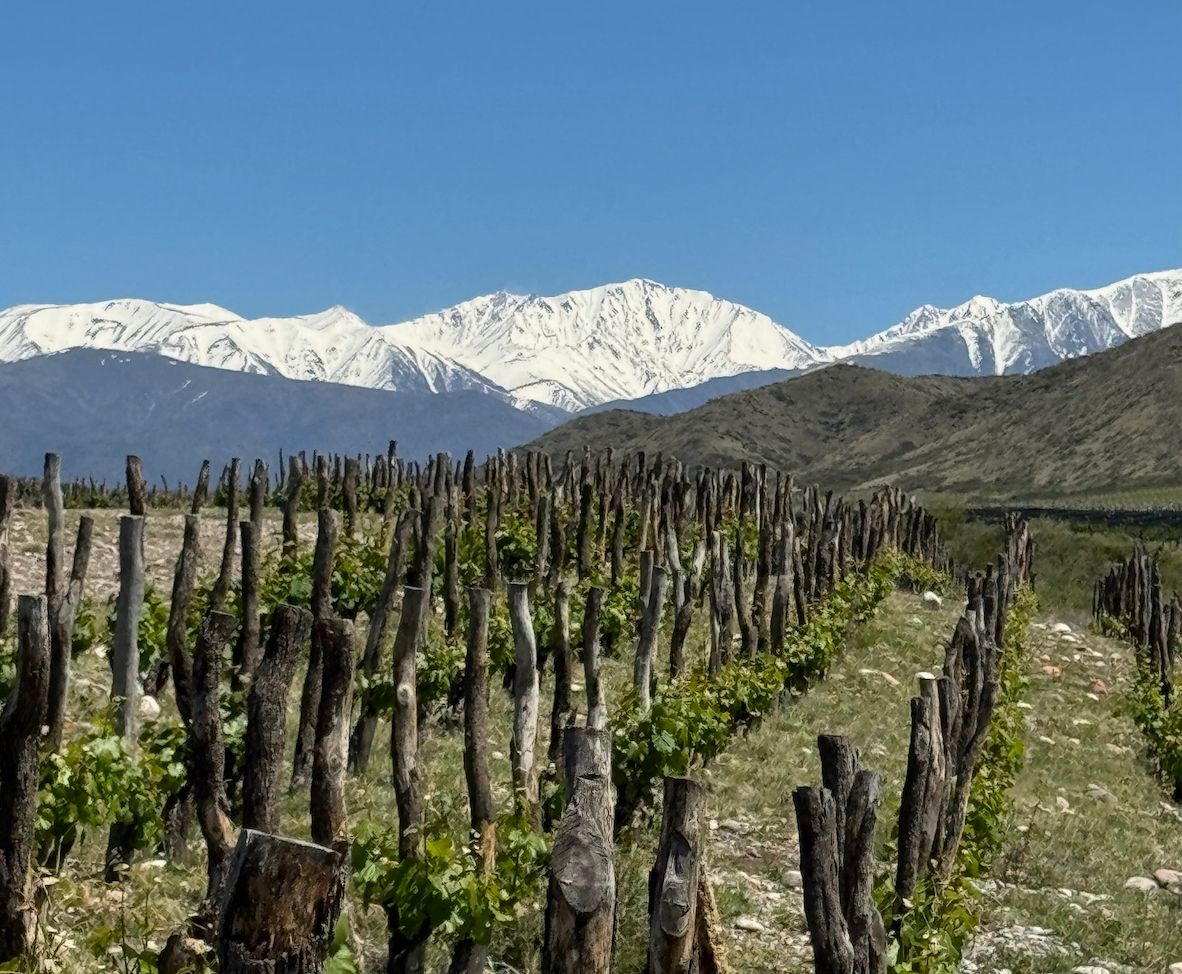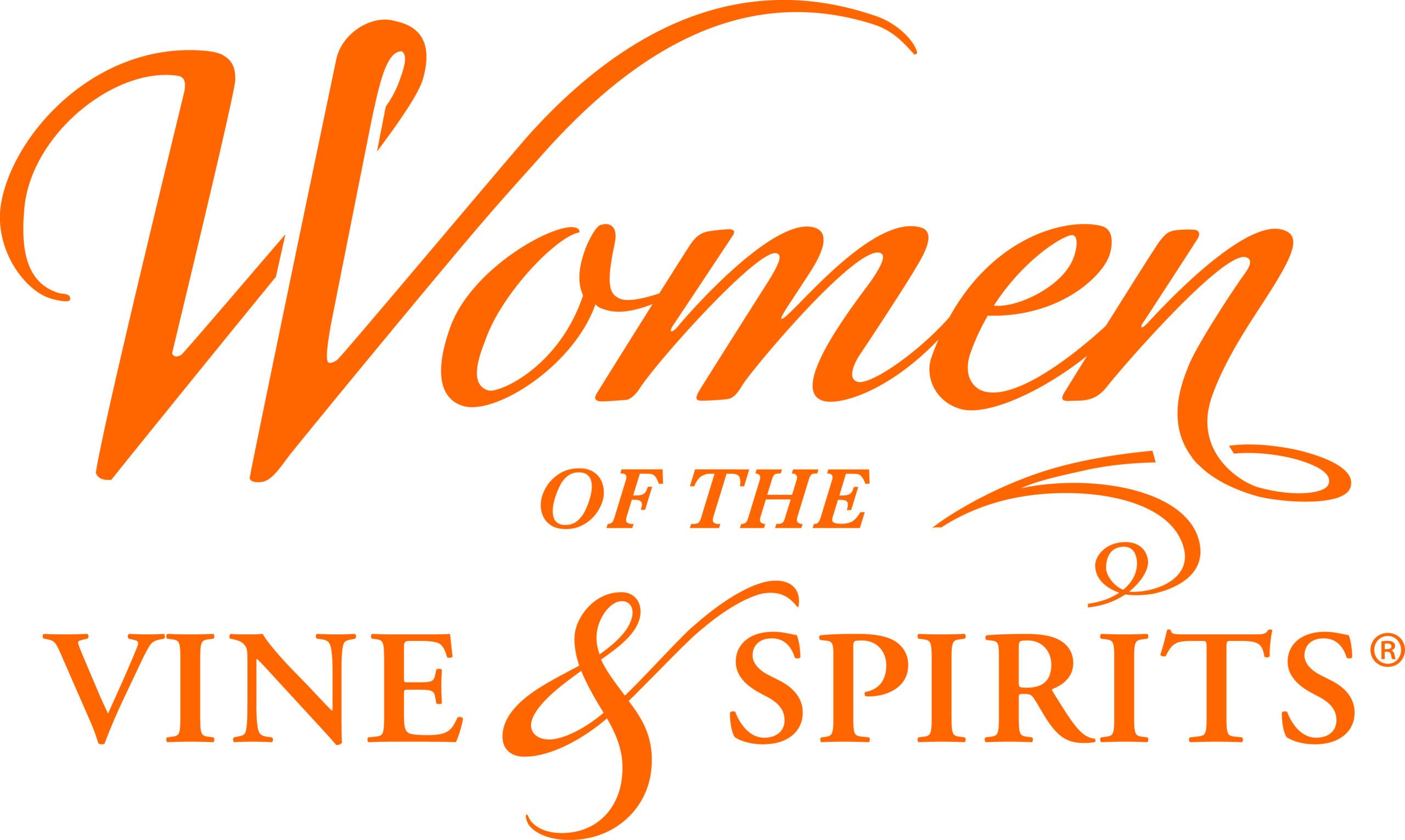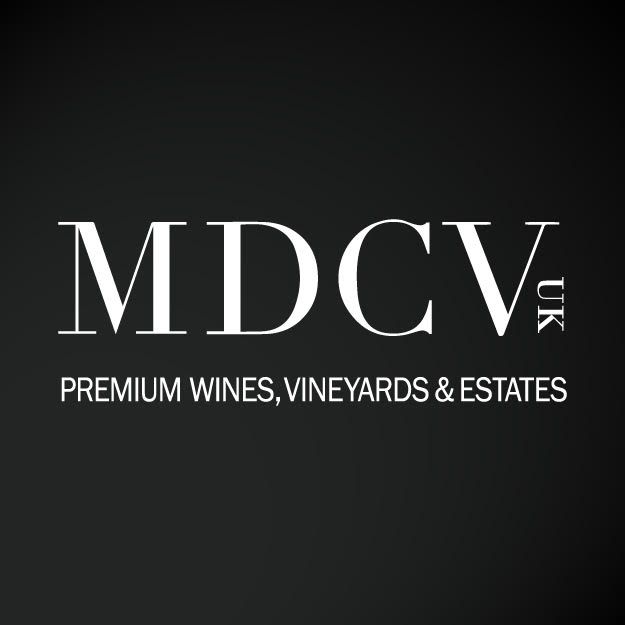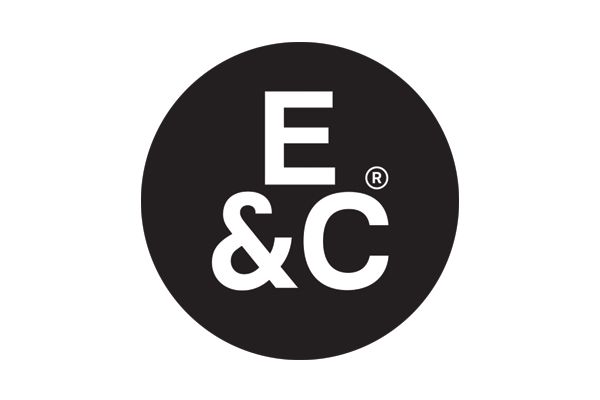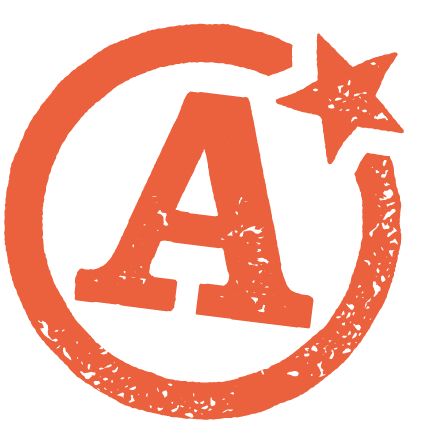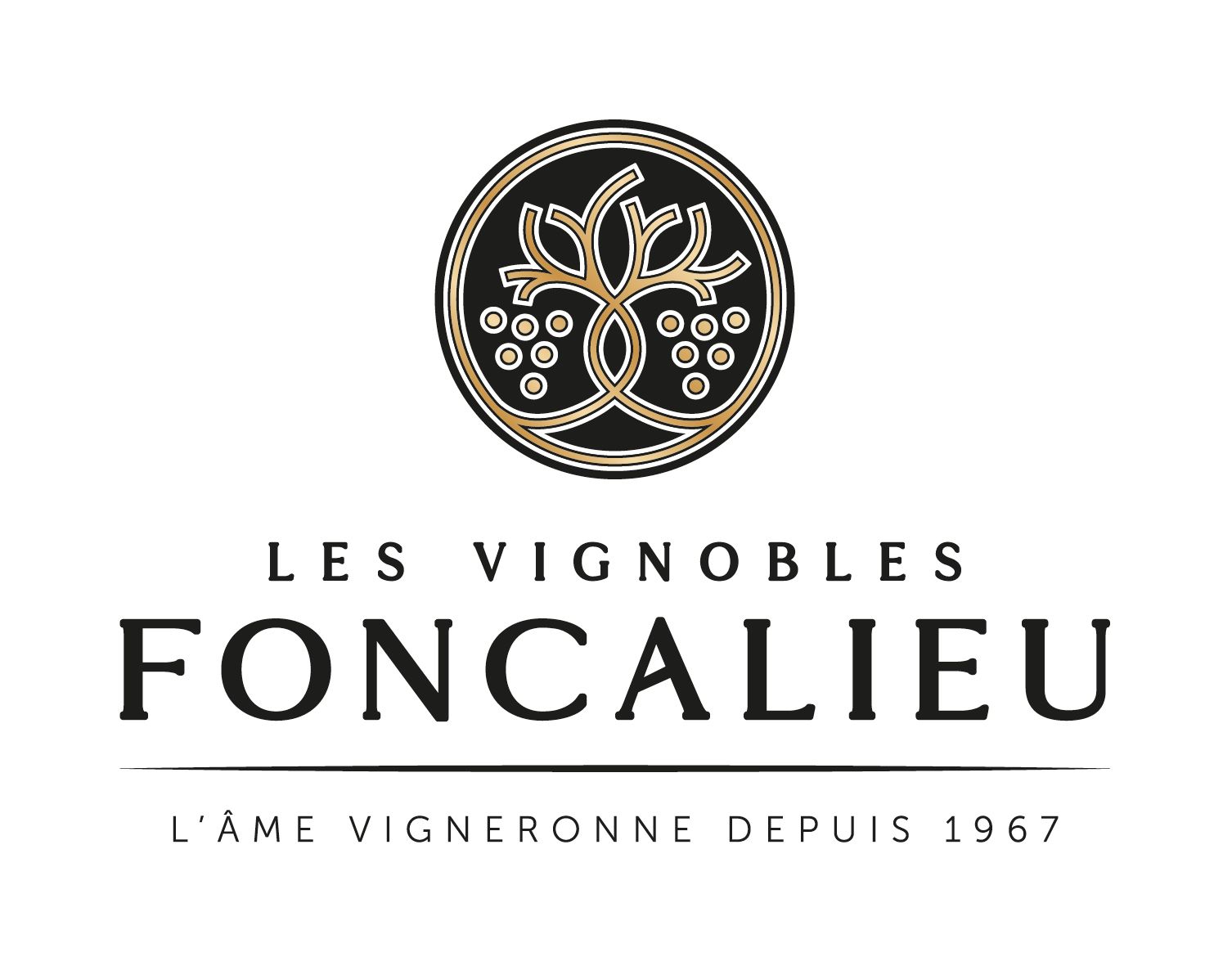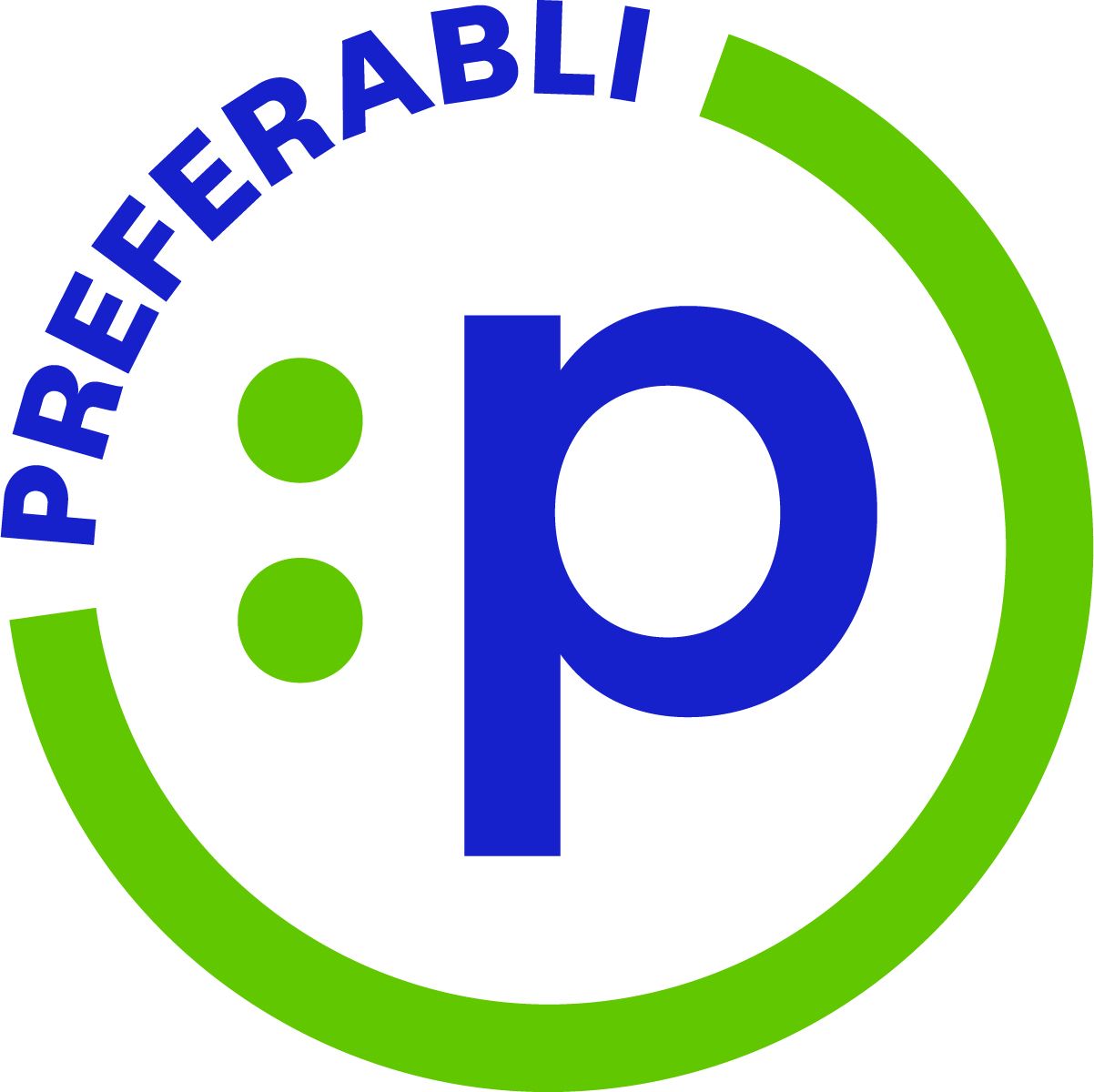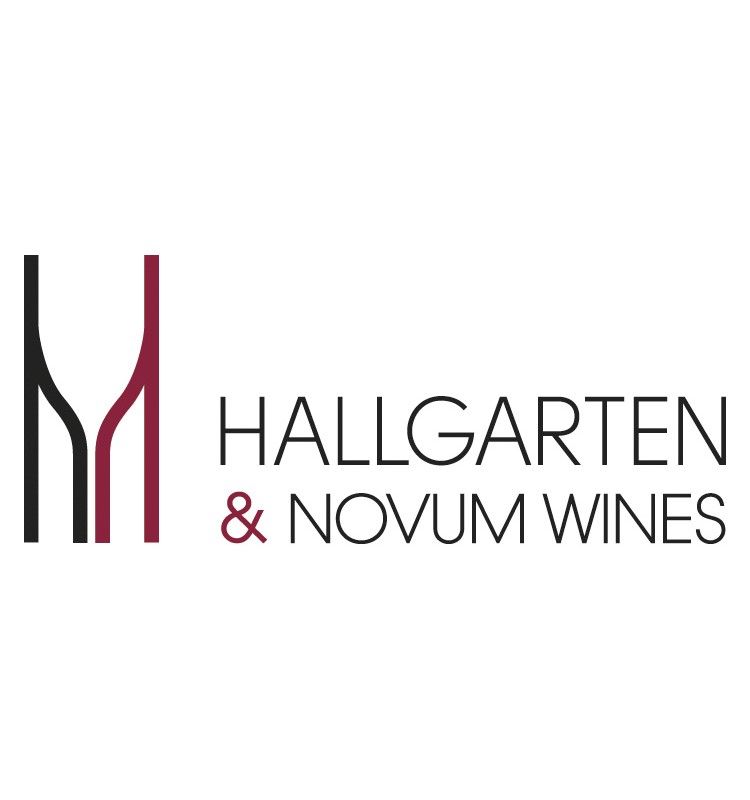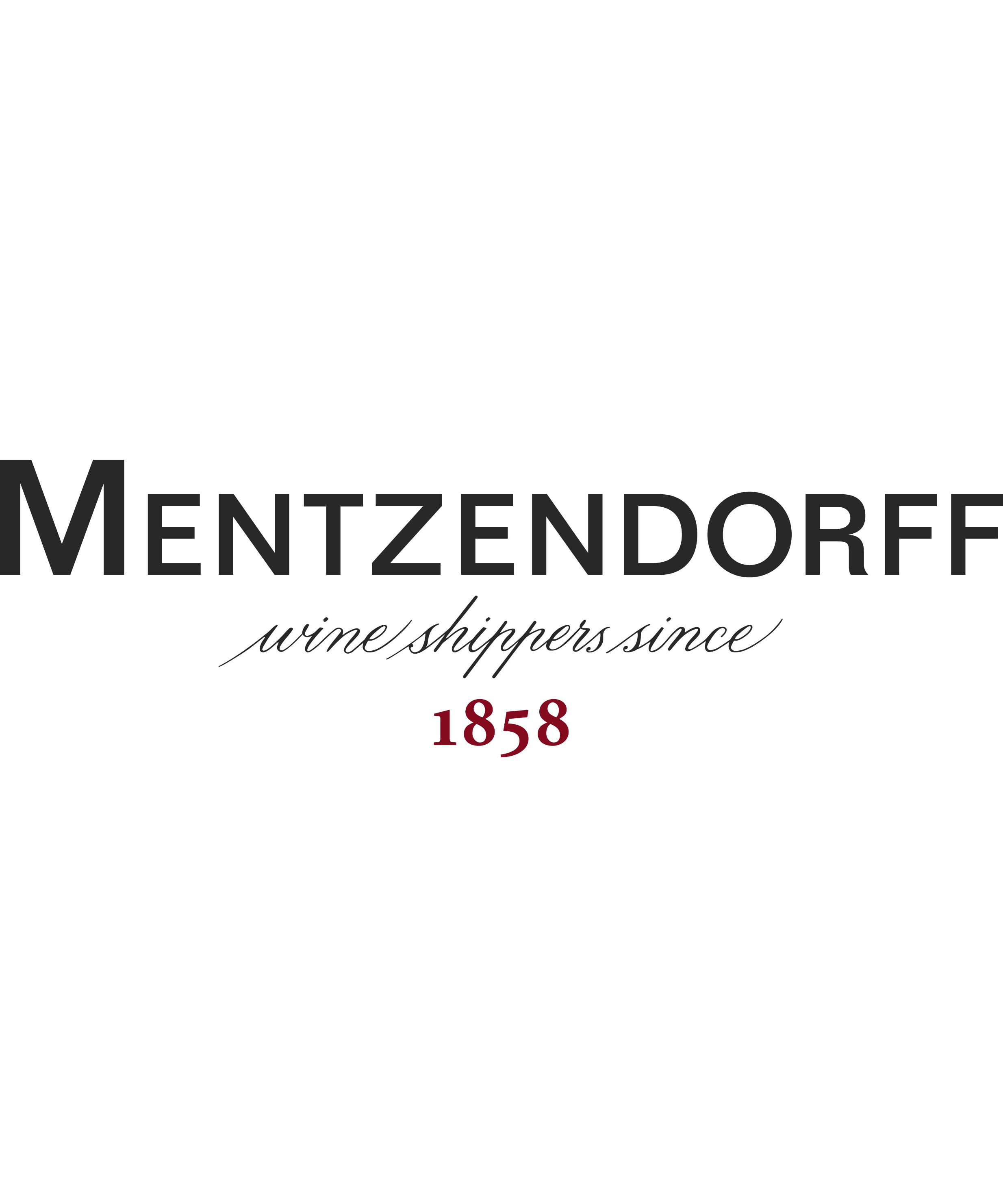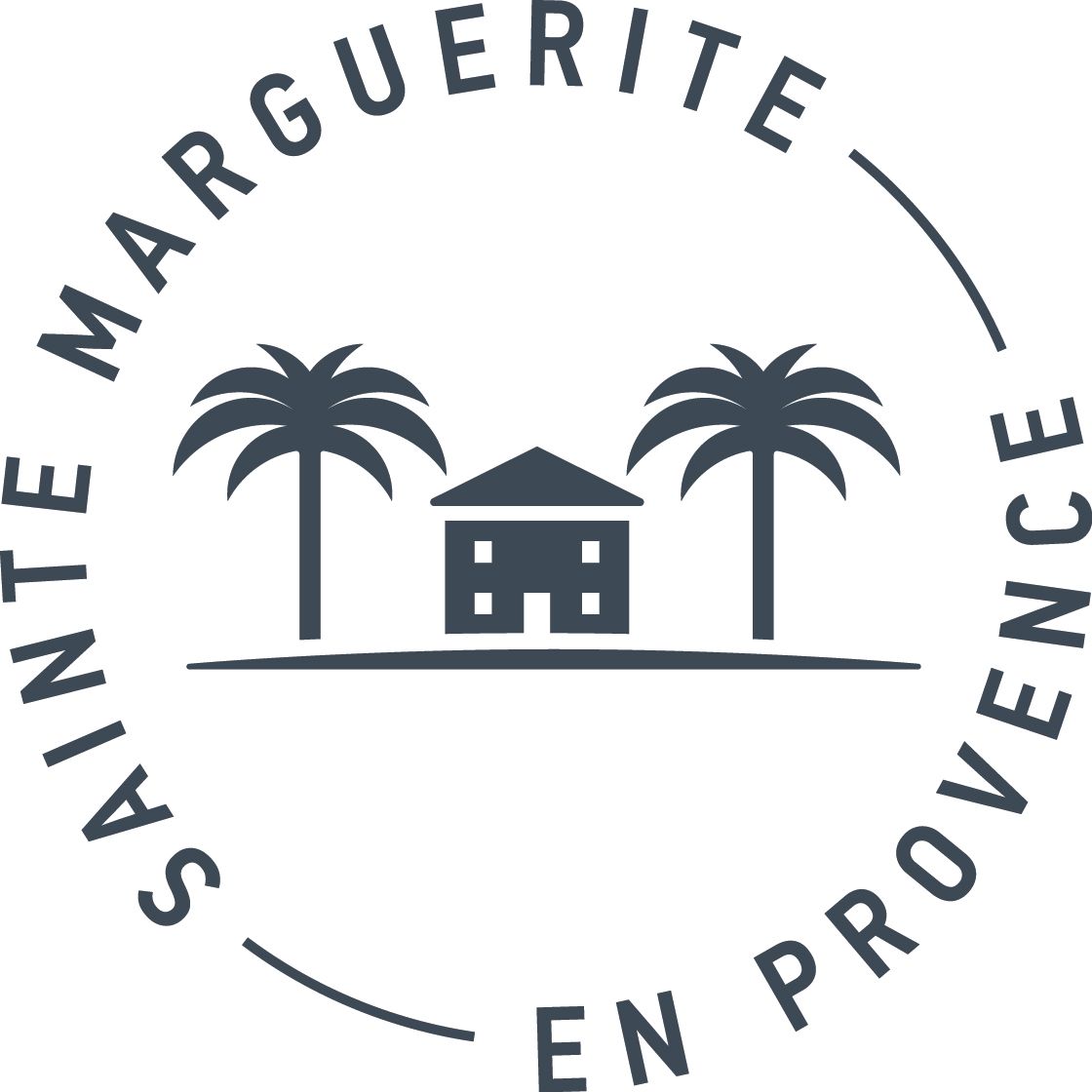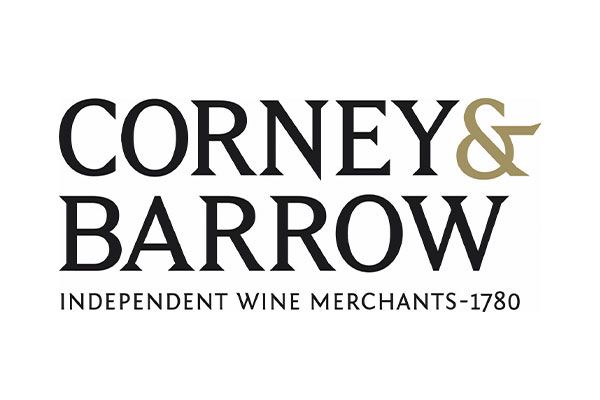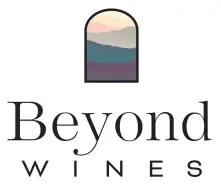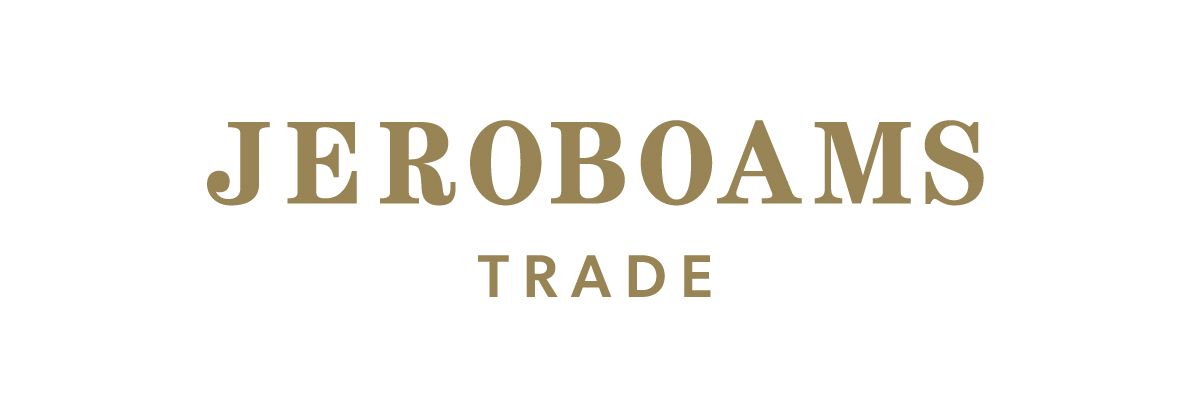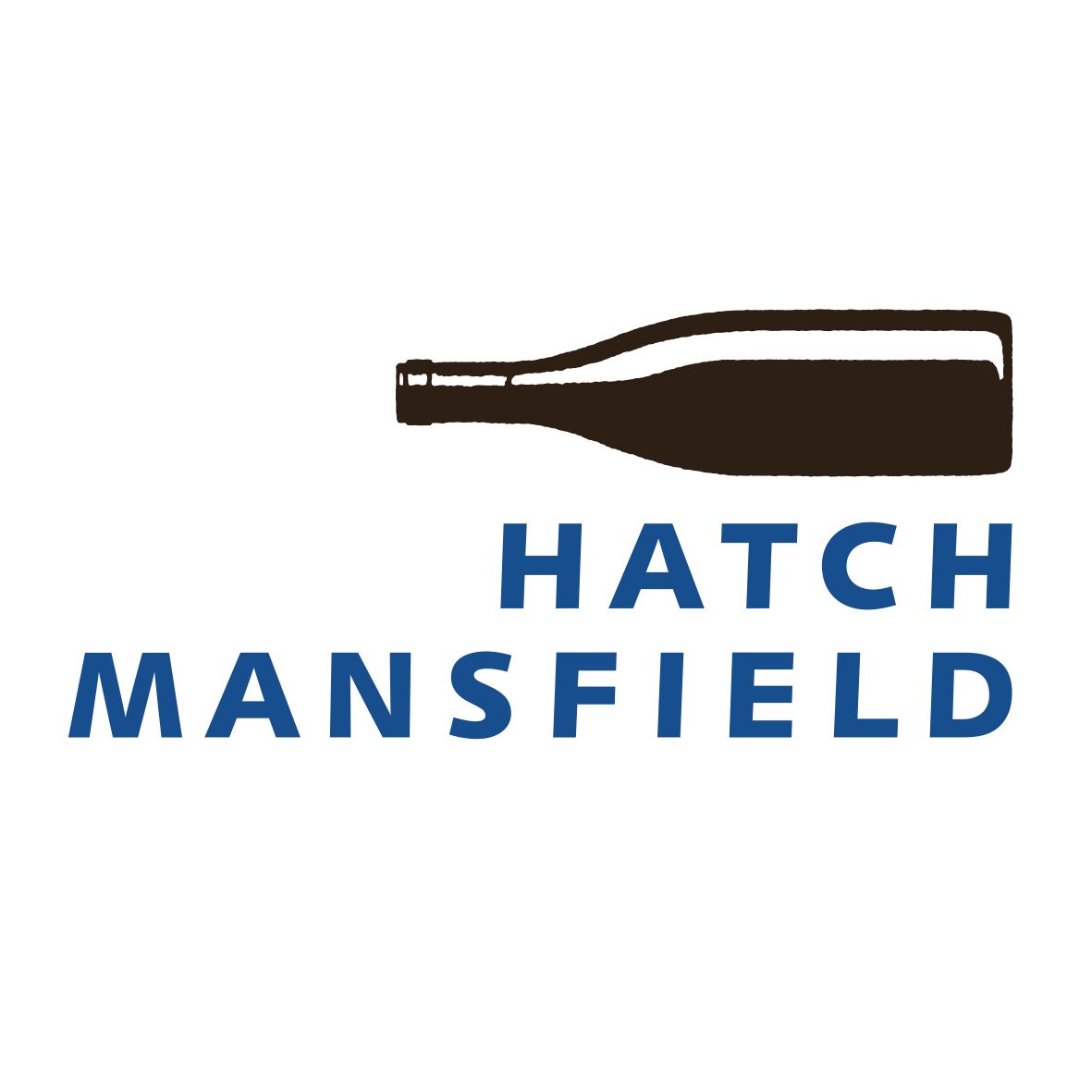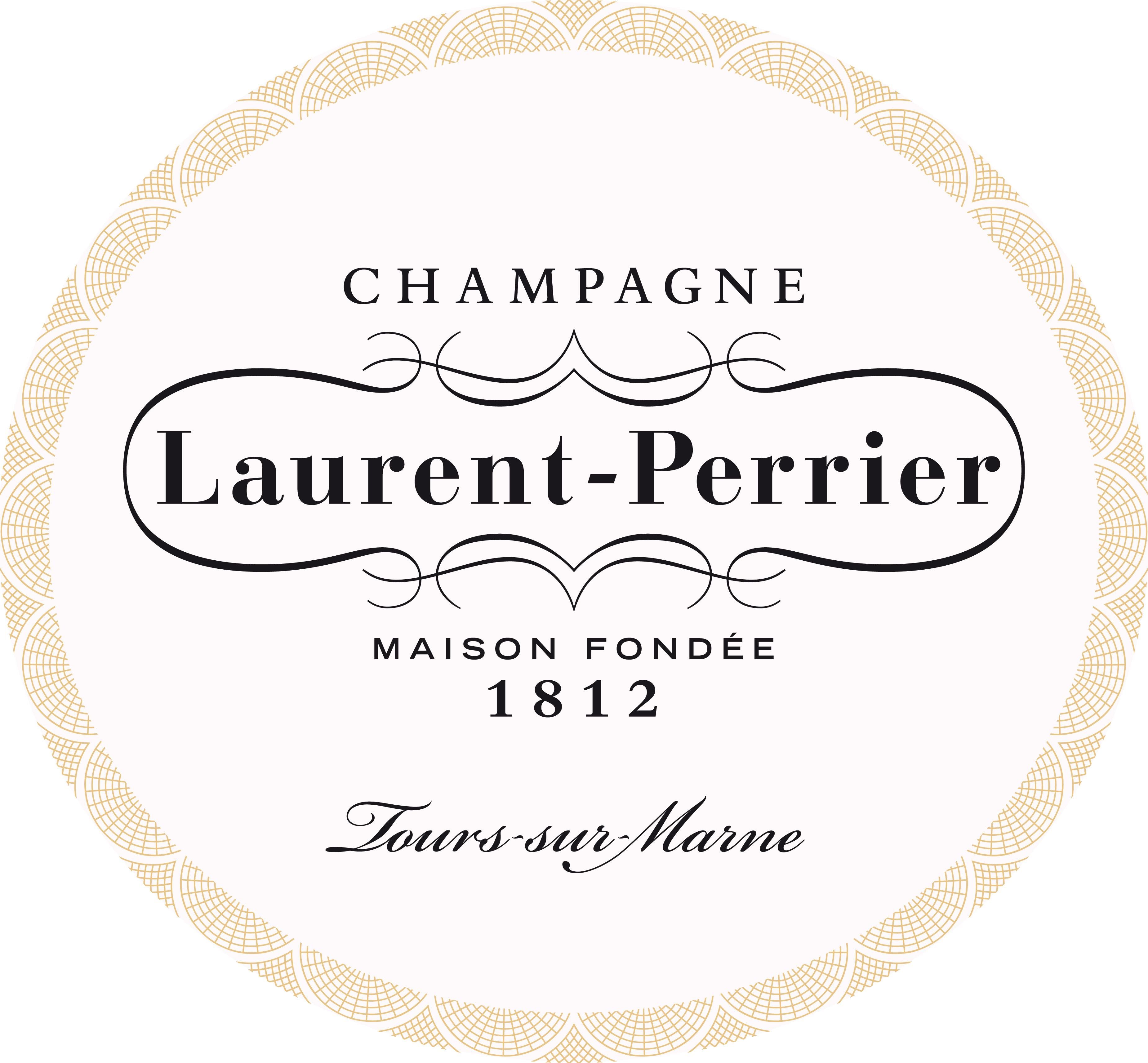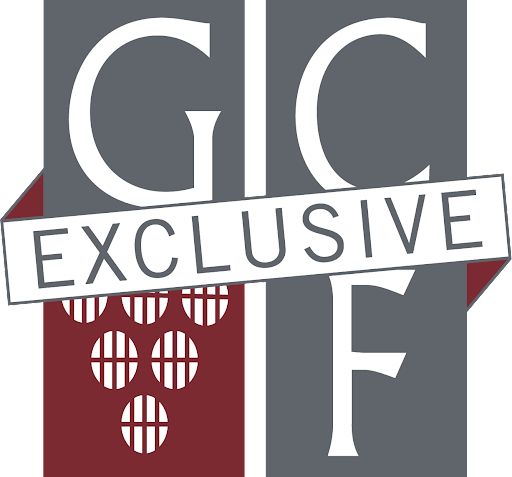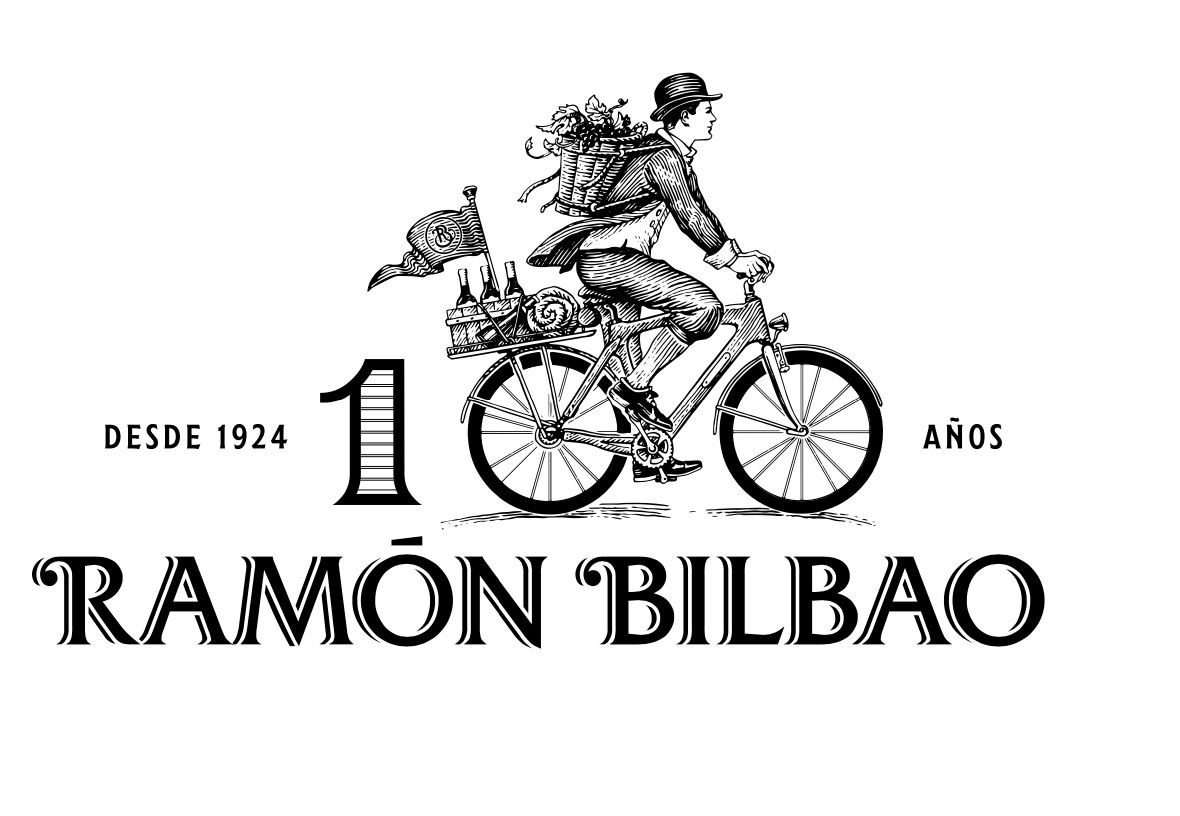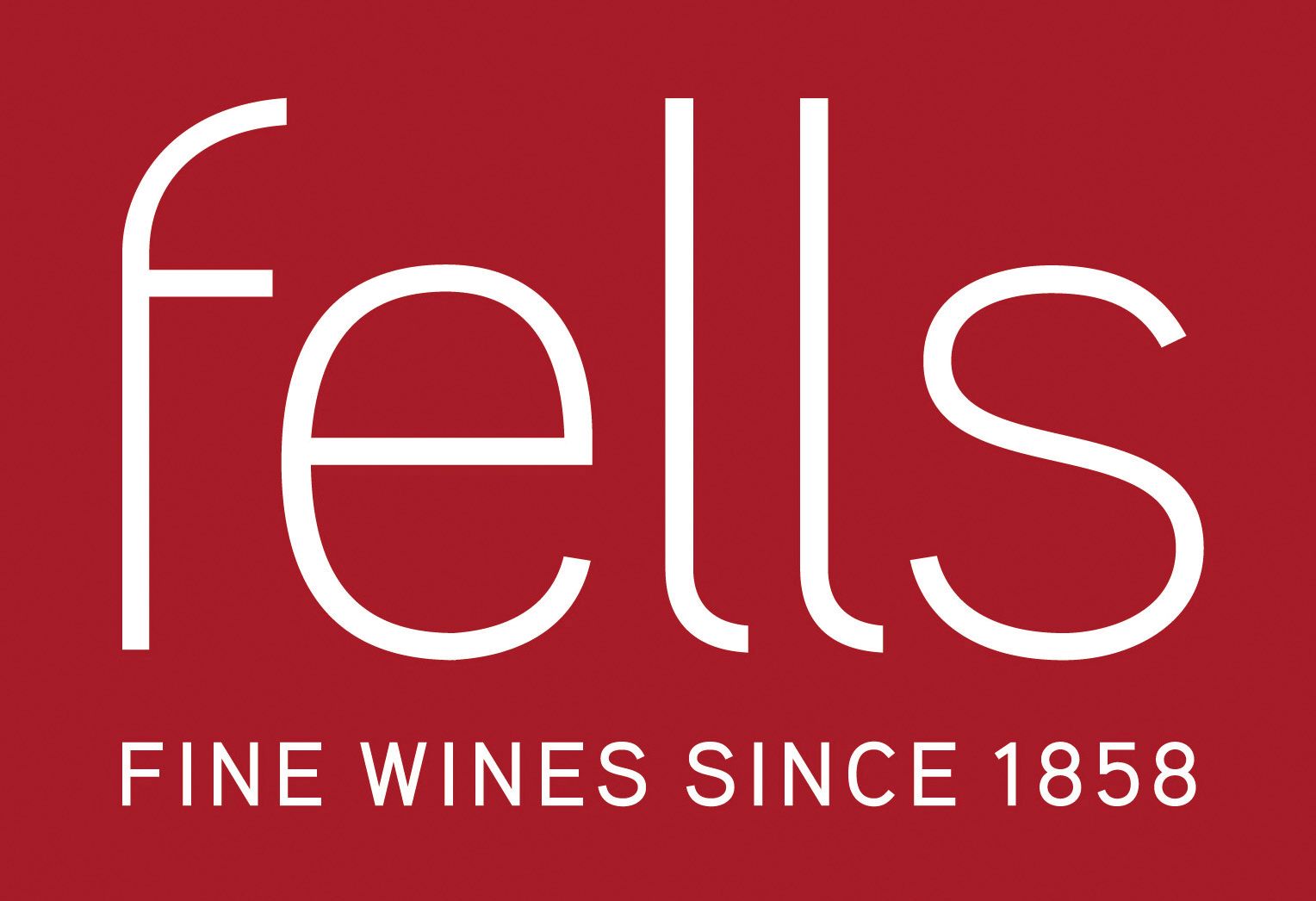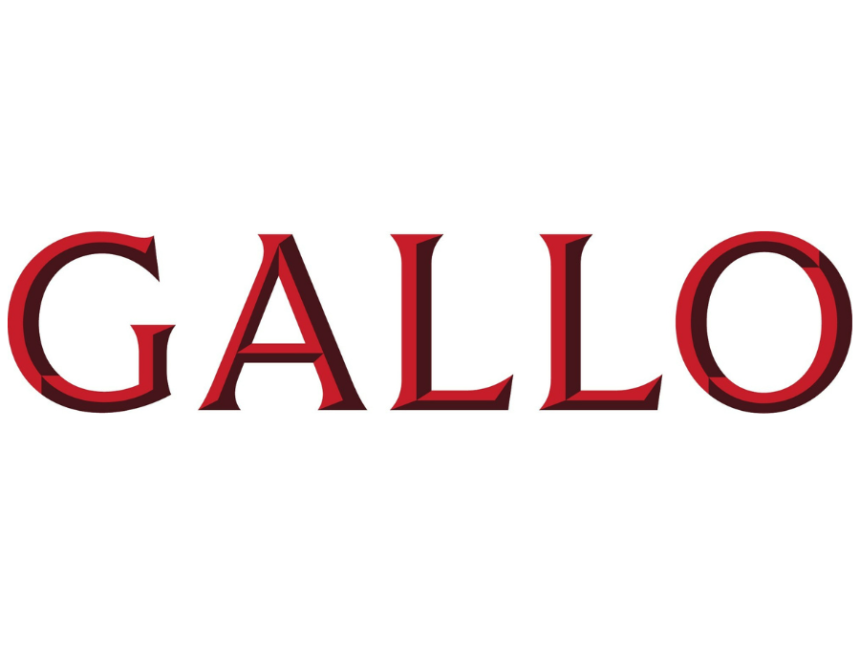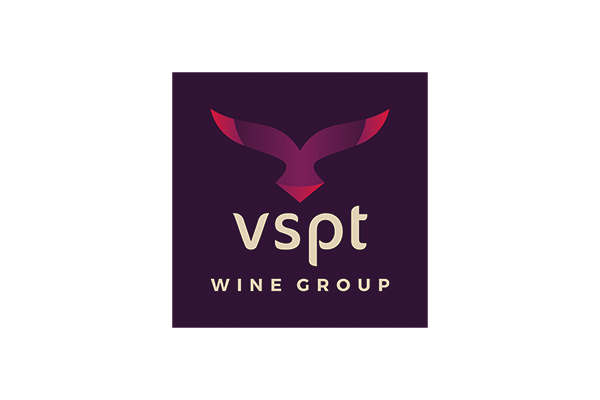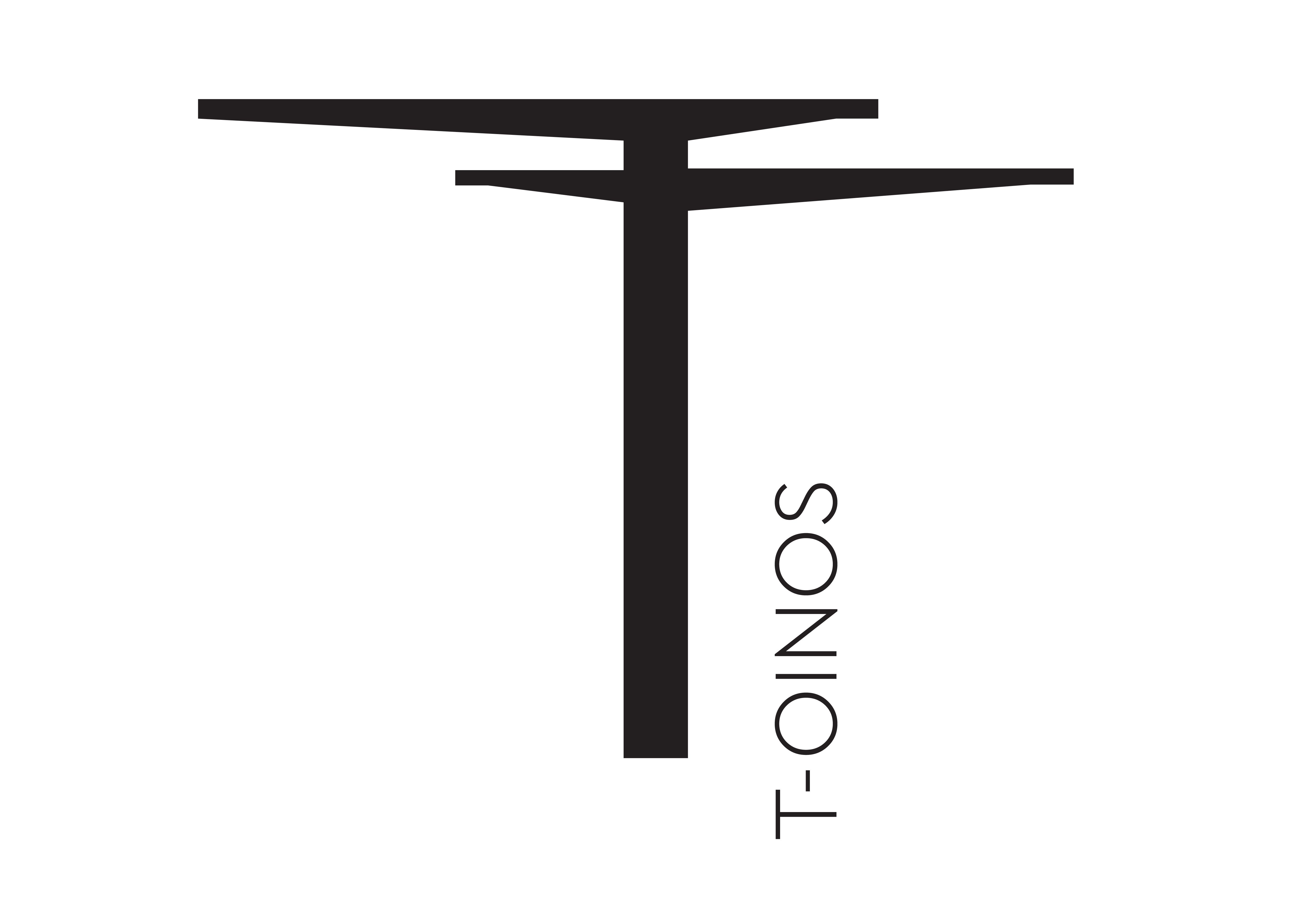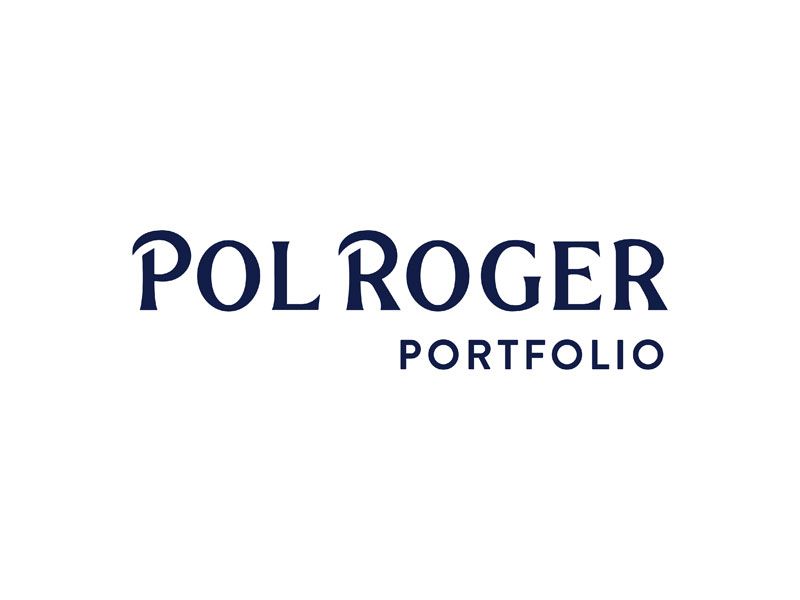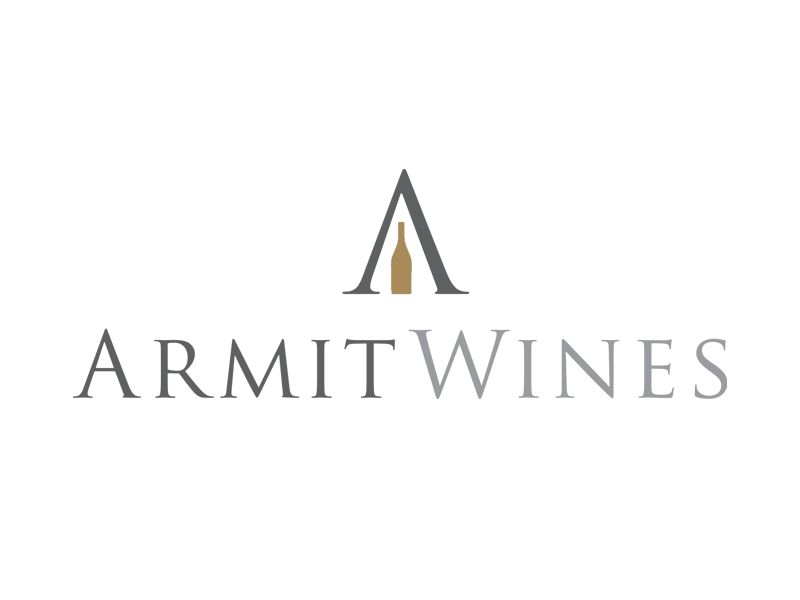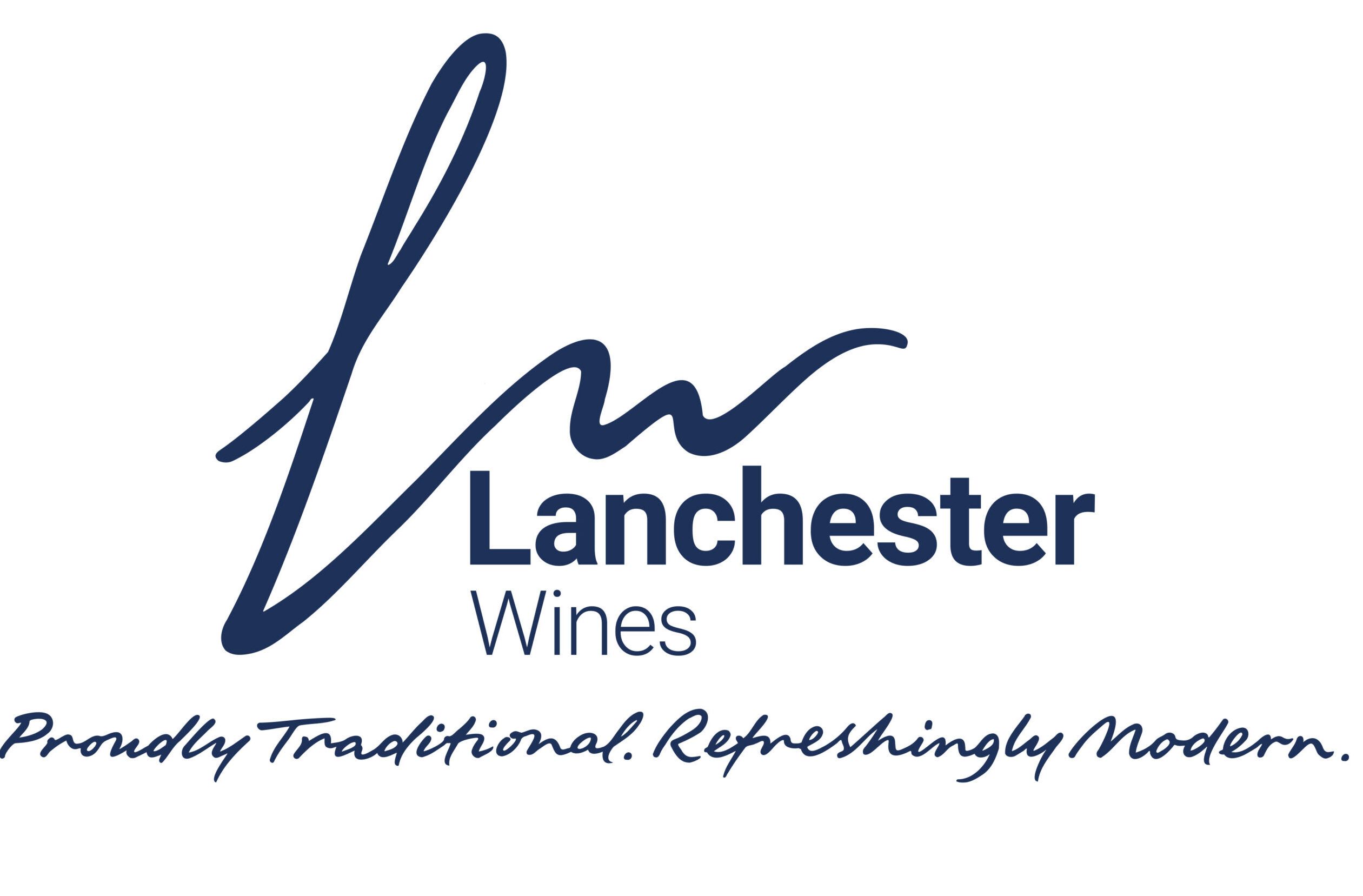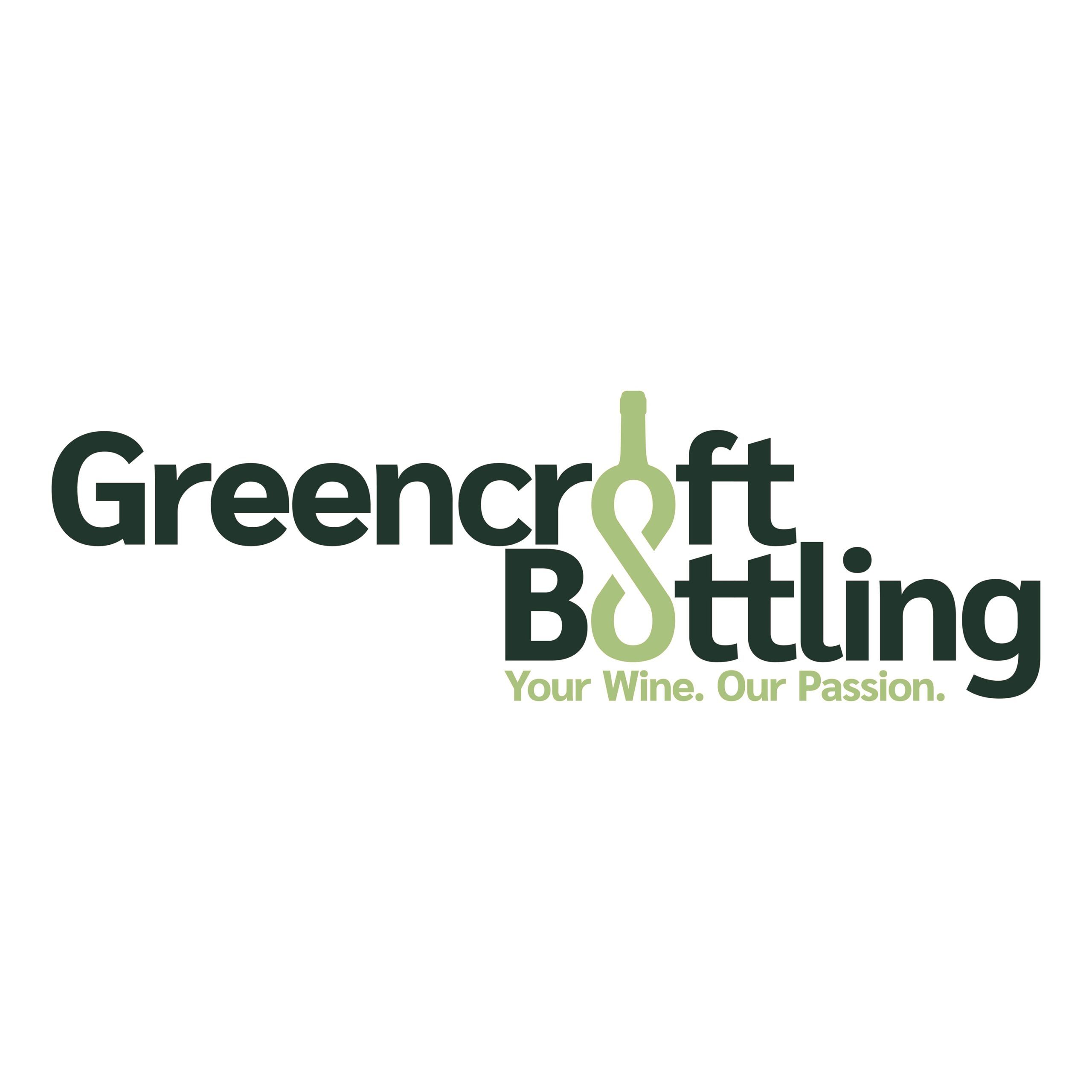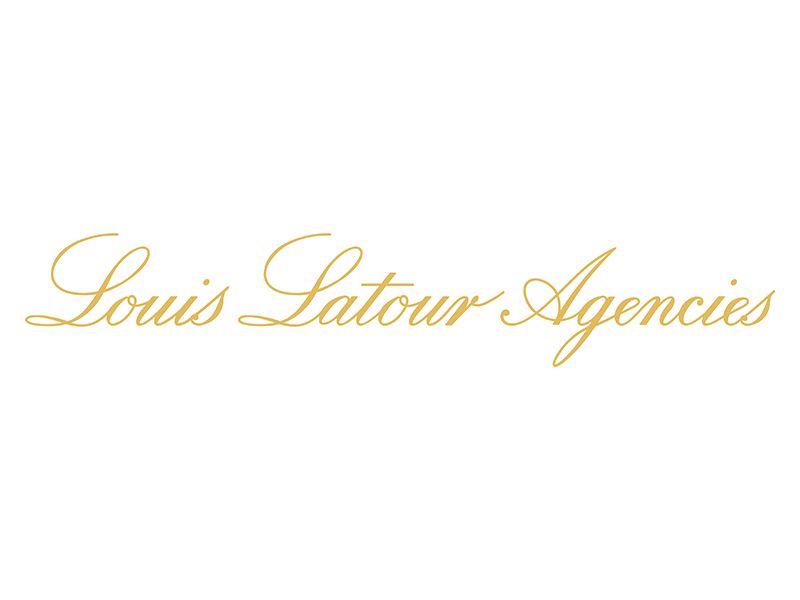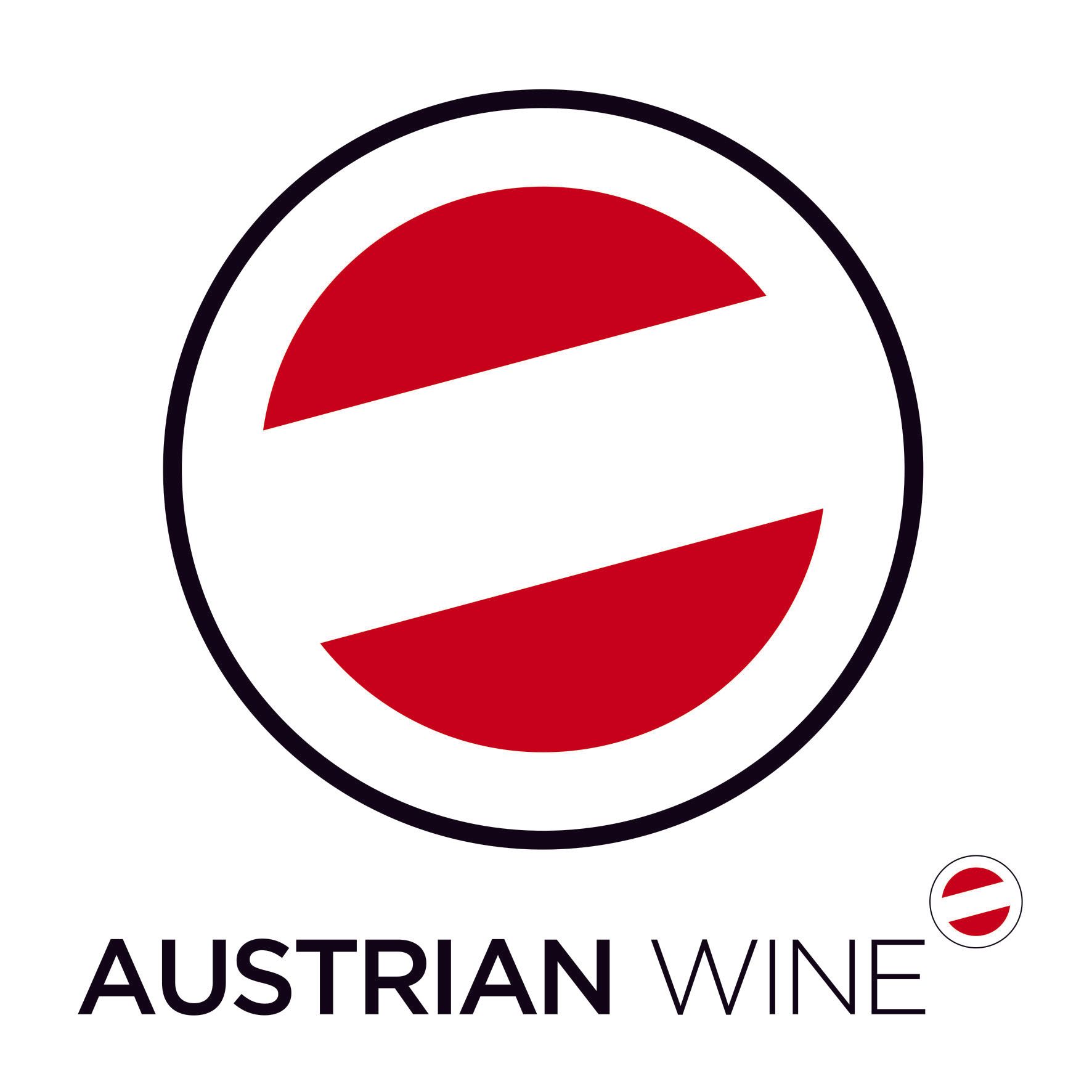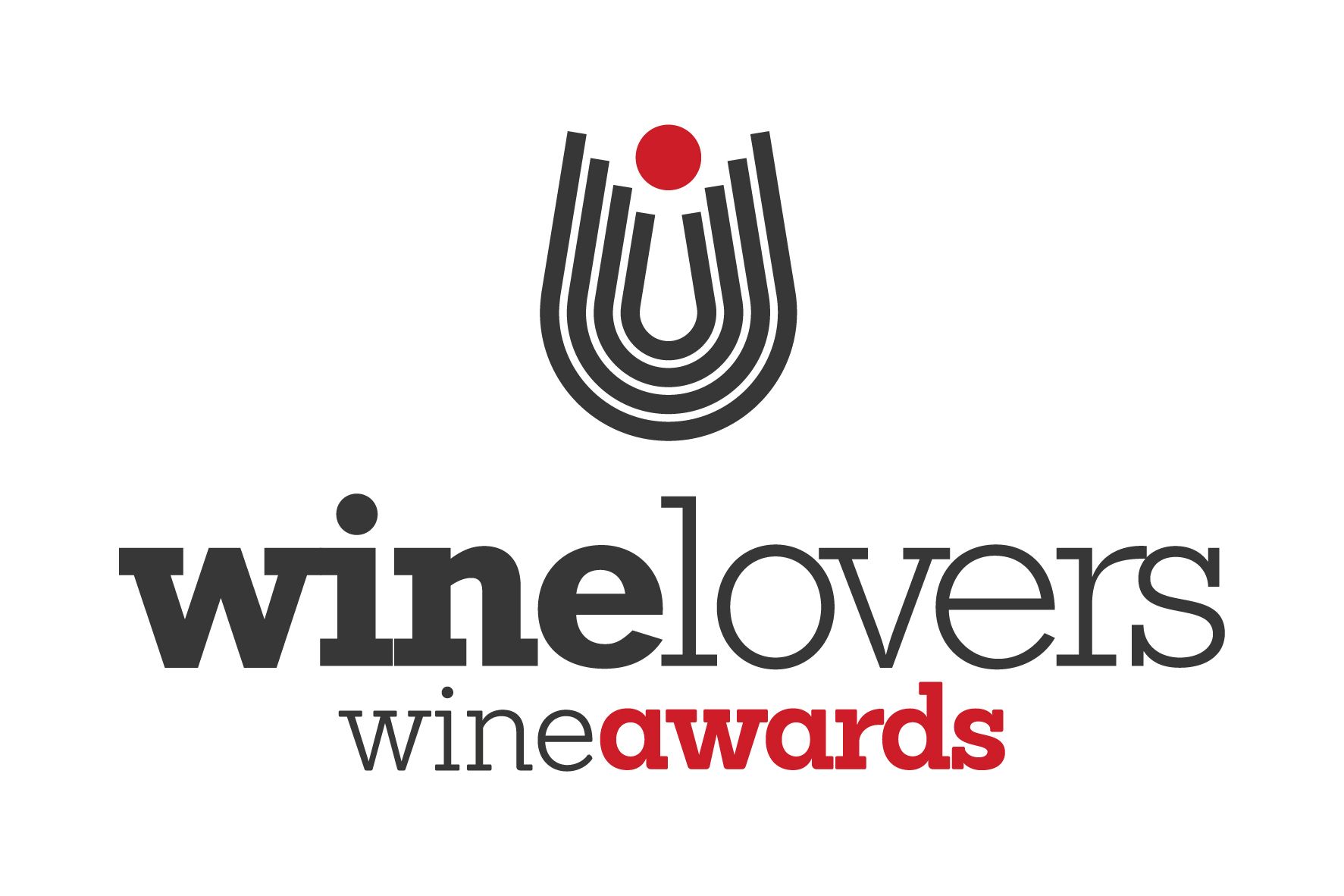The success of the three Vérité wines La Muse, La Joie and Le Désir is unprecedented. The wines have only been made since 1998 and together they have received those elusive 100 Parker Points no less than 15 times (12 on release).
The world launch of the 2013 Vérité La Muse, Vérité La Joie and Vérité Le Désir was a rare opportunity to drink three wines that have scored 299 out of 300 Parker points between them. This was followed by a vertical tasting of La Muse, the kind of tasting that wine critics dream about and mere mortals will never experience. Some of these bottles are the last ones in existence.
One of the reasons there is a palpable buzz in the ballroom of London’s Corinthian Hotel is that in his latest review of La Muse, Robert Parker has finally likened the 2013 vintage to Pétrus.
“The wine is amazingly like a great vintage of Pétrus with mulberry, black cherry, liquorice, truffle and unctuous, thick juicy fruit all present in this full-bodied masterpiece.”
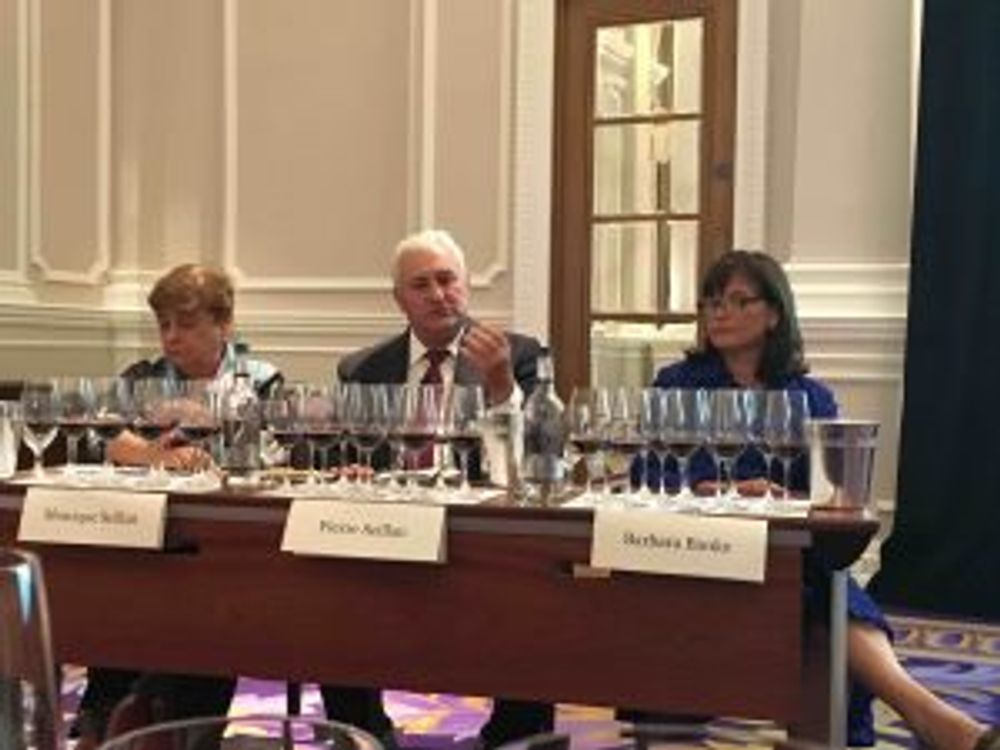
One of these three is a Terroirist. At the world launch of Verité’s 2013 vintage. Monique Seillan, Pierre Seillan and Barbara Banke (L-R)
To make a Pétrus-standard Merlot blend was the original intention of the late Jess Jackson when he enlisted the services of winemaker Pierre Seillan at Jackson Family Wines’ estate in Sonoma County California.
“Jess said ‘Can we make a Merlot that is better than Pétrus?’” explains Seillan, “I said possibly. But it has never been my intention to make a copy of Pétrus or Mouton, but rather to make a Sonoma signature – an expression of the terroir. This is my style. I am a Terroirist.”
A stickler for detail, Seillan uses a system of 89 ‘micro crus’ or tiny plots of vines mapped out according to topography and soil type with which to blend his wines. He chooses the individual trees from specific French woods, some of which are owned by Jackson Family Wines, has them made into staves and then shipped to the States where six coopers toast and then make the barrels.
When asked why, on the tasting notes for La Muse 2002, does he bother stating that he used 0.5% Malbec he says “Some people may think it is stupid but it is a reflection of the precision with which we make this wine.”
Barbara Banke, chairman of Jackson Family Wines, who is sitting next to Seillan nods her head in agreement. “Pierre is a control freak”.
Talking about the 2013 vintage, that saw La Muse and La Joie get 100 Parker points and Le Désir 99 points Banke says “2013 was a great vintage… nothing happened. But that’s what we like. There was no hail, no heat spike, no drought, it was a very tranquil vintage. Nothing happened.”
Seillan describes it as one of the five best vintages of the wine.
He also explained how the topography, soil types and climate make Sonoma unique for growing grapes, and added that it is not easy to grow vines here, contrary to some popular opinion. There are hot winds that come from the interior, for example, that can wipe a harvest out in one day.
So what were the wines like?
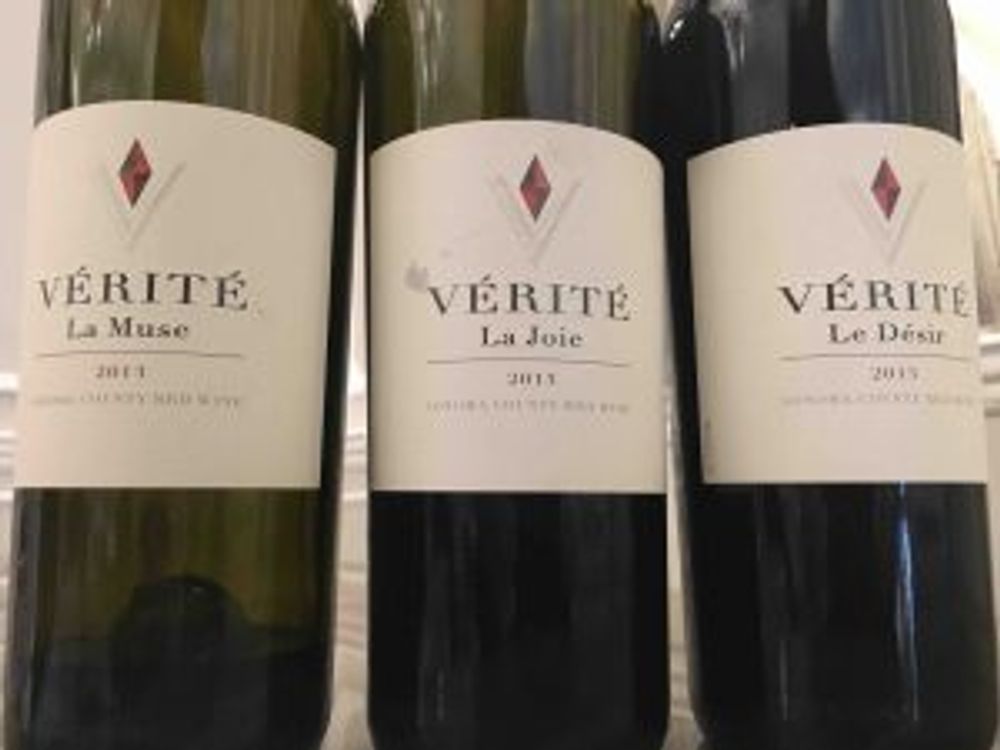
Three wines. Two perfect 100 Parker point wines and one 99
I had interviewed Seillan before and tasted the wines he makes in his own chateau in Bordeaux, Château Lassègue, and the Tenuta di Arceno estate in Tuscany but I had never tasted the Vérité wines.
They were not at all what I had expected. I thought they might be Californian fruit bombs with the extraction turned up to 11. But none of it. All three were full-bodied, for sure, with a 14+ ABV and were obviously youthful but they had an elegance and restraint that belied their alcohol level. They were all three so soft they could easily be drunk now but had a spine of acidity that will carry them for two more decades, easily. In short, they were seriously impressive.
The 2013 Vérité La Muse (Merlot 89%, Cabernet Franc 8%, Malbec 3%)
Light purple. Attractive complex smoky nose, black fruit, spices, incense. Noticeable tannin and oak but which fades quickly. Clearly youthful and savoury on the palate but at the same time restrained, elegant and perfectly balanced. Like all great wines this kept changing in the glass and on the palate – it has many layers and is complex, and one assumes will continue to evolve.
The 2013 Vérité La Joie (Cabernet Sauvignon 71%, Merlot 16%, Cabernet Franc 8%, Petit Verdot 5%)
Light purple. At first the nose seems dumb but then opens out to rich black fruit, cassis, chocolate, smoke. On the palate this feels like a perfectly pure expression of Cabernet Sauvignon, it has a grip but a gentle one. You could drink it now quite easily but the backbone augurs well for years to come.
The 2013 Vérité Le Désir (Cabernet Franc 62%, Merlot 22%, Cabernet Sauvignon 11%, Malbec 5%)
Deep purple. Wonderfully complex herbaceous nose. On the palate there is a green quality, flavours of strawberry, plum, bell-pepper. The tannins are forthright but not aggressive mixed with an edge of chalkiness. Barbara Banke’s favourite wine of the three.
All in all an outstanding trio of wines. Unique too to have a trio of flagship wines of this quality with three different dominant grapes. Pierre Seillan and the team at Verité really should take that bow.
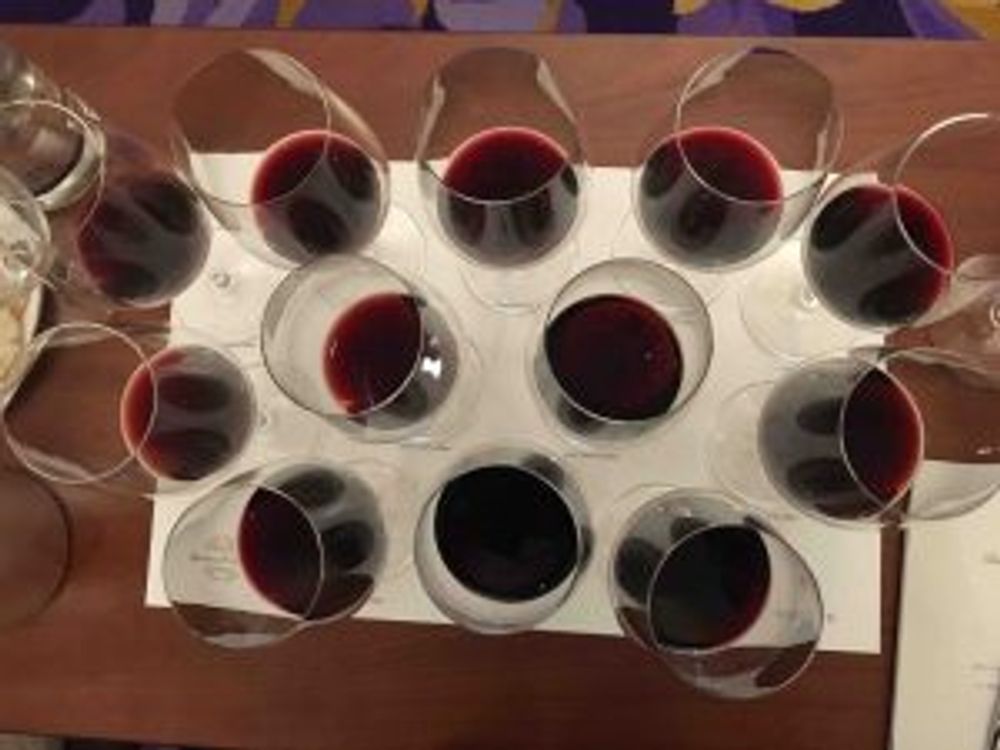
That Vérité La Muse vertical in a nutshell
“I didn’t know we had any bottles of the 99 left” said Barbara Banke before we embarked upon an eye-watering vertical tasting of La Muse 1998-2006.
And when the owner of the winery says she doesn’t have any left, they don’t have any left.
La Muse was made of Merlot and Cabernet Sauvignon in its first two vintages and thereafter a changing blend of Merlot with any or all of these: Cabernet Sauvignon, Cabernet Franc and Malbec.
To keep in check what could be a very long article, this was a fascinating tasting in which I had 1999, 2002 and 2005 in that order of preference. The 1999 has an amazing nose of black fruit, blackcurrant leaf, cornichon. The palate is a big hit of red fruit with a slightly green, almost minty edge and a nice rounded creamy finish. It is drinking to perfection. Outstanding.
The 2002 (no Cabernet Sauvignon) had an alluring, changing savoury nose, a big hit of red fruit that was so fresh it felt much more youthful than it is. The tannins still felt sizeable on the front palate and on the length but they didn’t detract from what is another awesome wine.
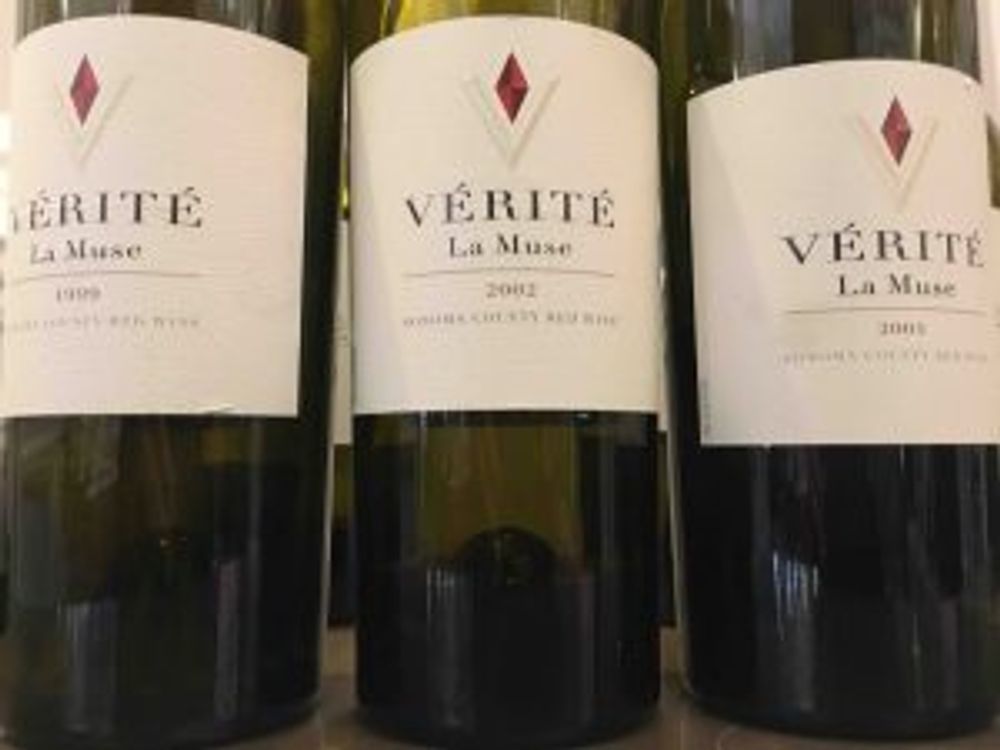
Three of the best. My pick of the vertical in order L-R.
The 2005 was all about the black fruit and the balance – blackberries, cassis, black cherry with a complex savoury nose again, but all held together layer upon layer. Quite unbelievable really.
One-liners on the rest: 98 was just past its best with a slight rumtopf/ porty edge to the fruit, the 2000 was my second least favourite with a tired nose with a hint of mothball and quite grippy tannin, the 2001 (the first to get 100 points) was hard to define as it is still a pup – massive tannin and fresh fruit (one to watch I suspect), the 2003 and 2004 had similar components grape-wise and were broadly similar – first class, juicy fruit, velvety mouthfeel, polished wines, the 2006 felt way too young by comparison, albeit delicious wine.
